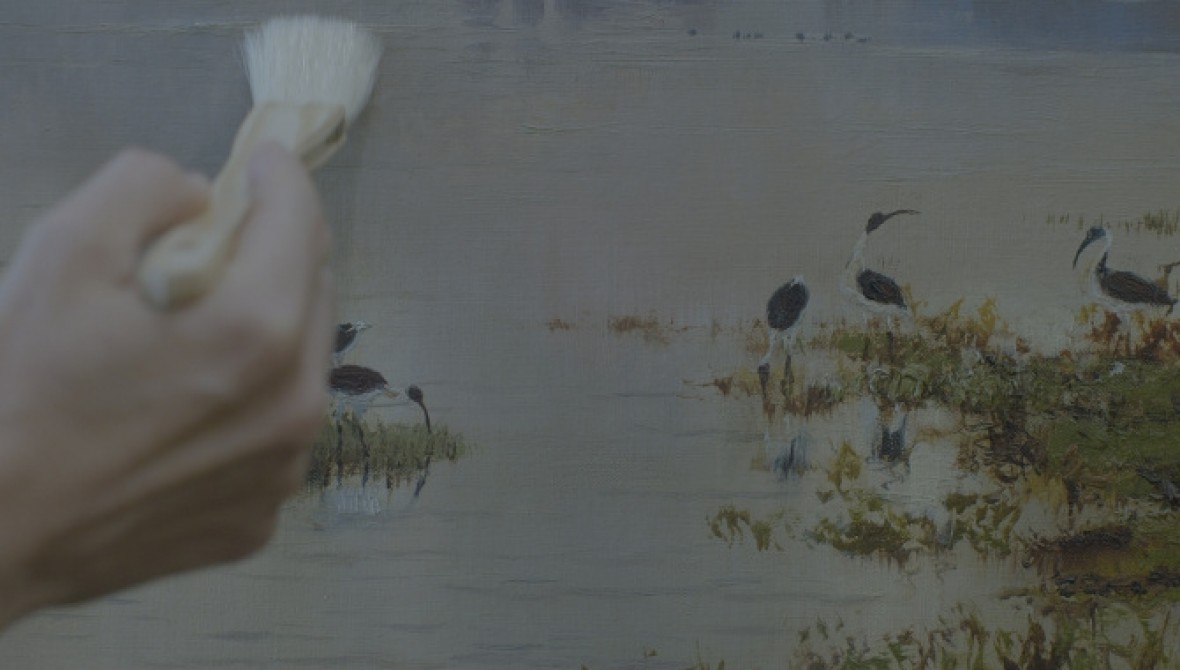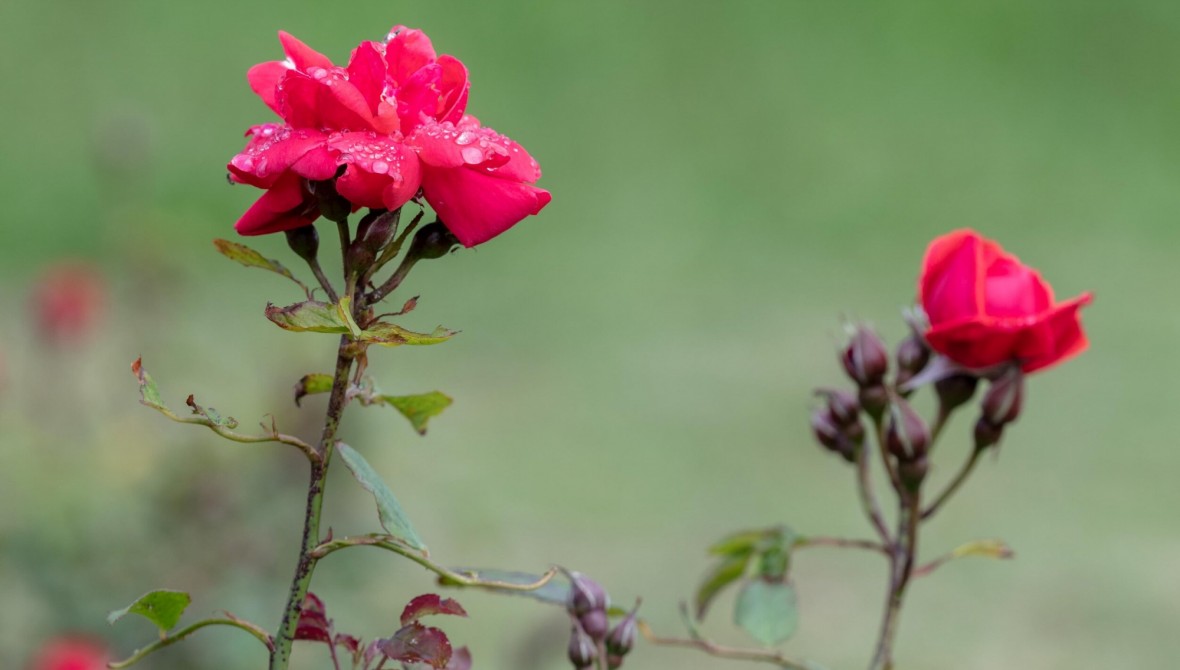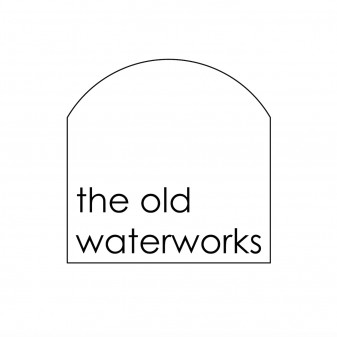Ecological Thinking
A programme of artist commissions and events exploring what creative and collaborative methodologies can bring to ecological study. Read more

(Photo credit: Still from Darling, Darling by Gabriella Hirst)

(Photo credit: Gabriella Hirst/The Old Waterworks)
During the autumn of 2022, Hirst is working with colleagues from the University's Environmental Humanities Network to begin a new artistic enquiry into what she is calling 'Hydro-institutional Critique'. This project will explore the connections between the aesthetic containment of bodies of water (in landscape paintings, for example) and the containment of those bodies of water through mass irrigation and hydrological engineering programs, primarily through colonial/capitalist processes of resource extraction.
Hydro-Institutional Critique is produced for Radar by Laura Purseglove. With support from Loughborough University Environmental Humanities Network and Pandora Syperek.
In 2022 Radar supported the acquisition of a rare Rosa floribunda 'Atom Bomb' rose for the University's arts collection through How to Make a Bomb, an ongoing work by Hirst and Southend's The Old Waterworks. Developed in 1953, the rose was so-named amidst the wave of Cold War 'atomic mania', which also saw the naming of the bikini after nuclear tests on Bikini Atoll in the Pacific.
How to make a Bomb aims to bring the variety back into circulation to encourage a public care-taking for and scrutiny of the violent legacies and historical traumas of atomic armament via gardening and planting. From one of the few remaining ‘Atom Bomb’ rose specimens to be found globally (sourced from the Fineschi Rosarium rose archive in Northern Italy), Hirst has worked with The Old Waterworks’ co-director Warren Harper to propagate new generations of ‘Atom Bomb’ roses at The Old Waterworks. These are then distributed via workshops, exhibitions, guerrilla gardening and community led initiatives.
The rose was planted near International House on Loughborough's campus after interest in the project from colleagues across the University. It is cared for by LU Arts as part of the University’s arts collection, with Radar contributing to ongoing collective care and scrutiny through conversations and events.
Further information on the project can be found in the How to Make a Bomb publication available in International House and the University Library, which can also be bought from The Old Waterworks.
How to Make a Bomb is curated by David Bell for Radar and LU Arts. With support from Malcolm Barnard, Rachael Grew, Marsha Meskimmon, Loughborough University Institute of Advanced Studies, Rachel Senior, Nick Slater and Simon Kemp.
Gabriella Hirst (she/her) is an artist. She was born and grew up on Cammeraygal land (Australia) and is currently living between Berlin and London. She works primarily with moving image, performance, and with the garden as a site of critique and care. Gabriella's practice and research explores capture and control. Her most recent projects consider possible relationships between plant taxonomies, landscape painting, art conservation and nuclear history. Gabriella the recipient of the 2020 ACMI/Ian Potter Moving Image Commission, is a previous Marten Bequest Scholar and a recipient of the John Crampton Fellowship. She is an associate lecturer in Media Studies with the RCA School of Architecture.
The Old Waterworks (TOW) is an artist-led charity in Southend-on-Sea that provides studios, facilities, and research and development opportunities for artists.

A programme of artist commissions and events exploring what creative and collaborative methodologies can bring to ecological study. Read more
Thu 17 November 2022
15:30pm - 17:00pm
Screening and conversation exploring landscape (painting), conservation and colonialism. Read more
Thu 14 July 2022
17:30pm - 19:30pm
To mark the planting of an ‘Atom Bomb Rose’ on join us to graft your own rose, which you will be free to take away after the event. Read more